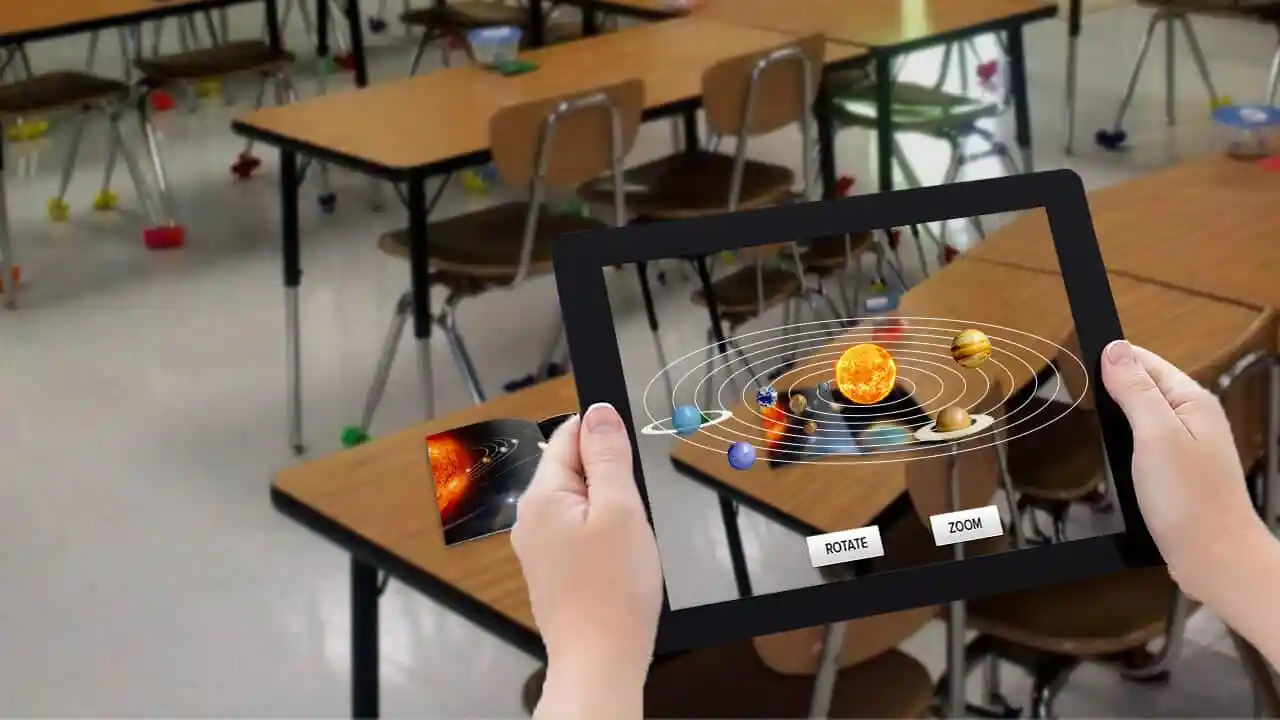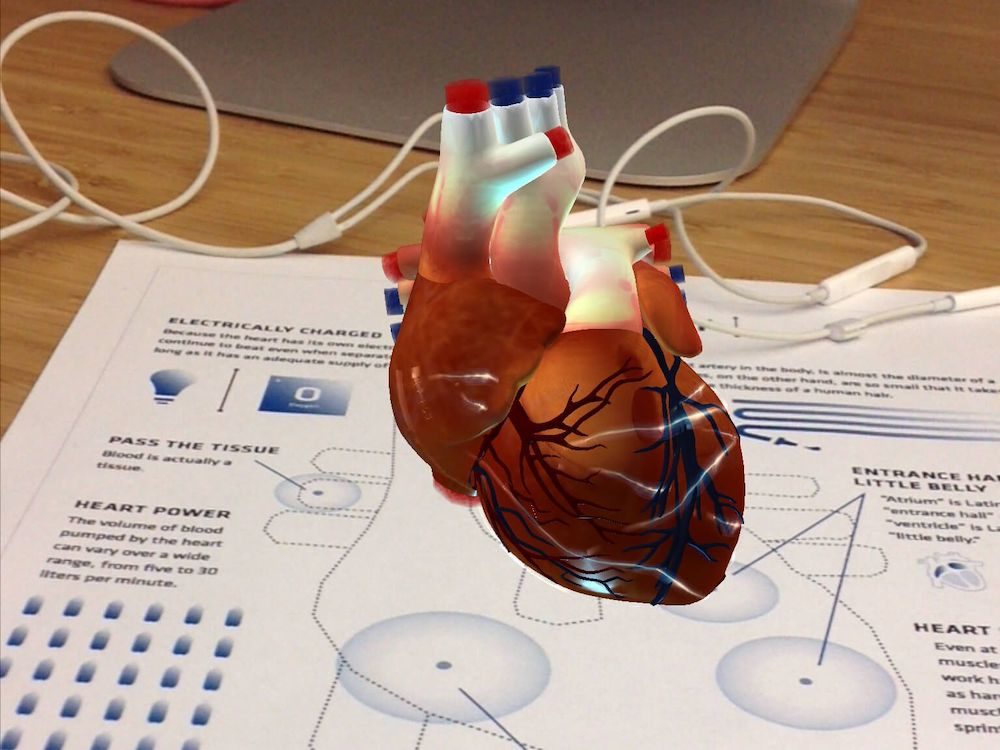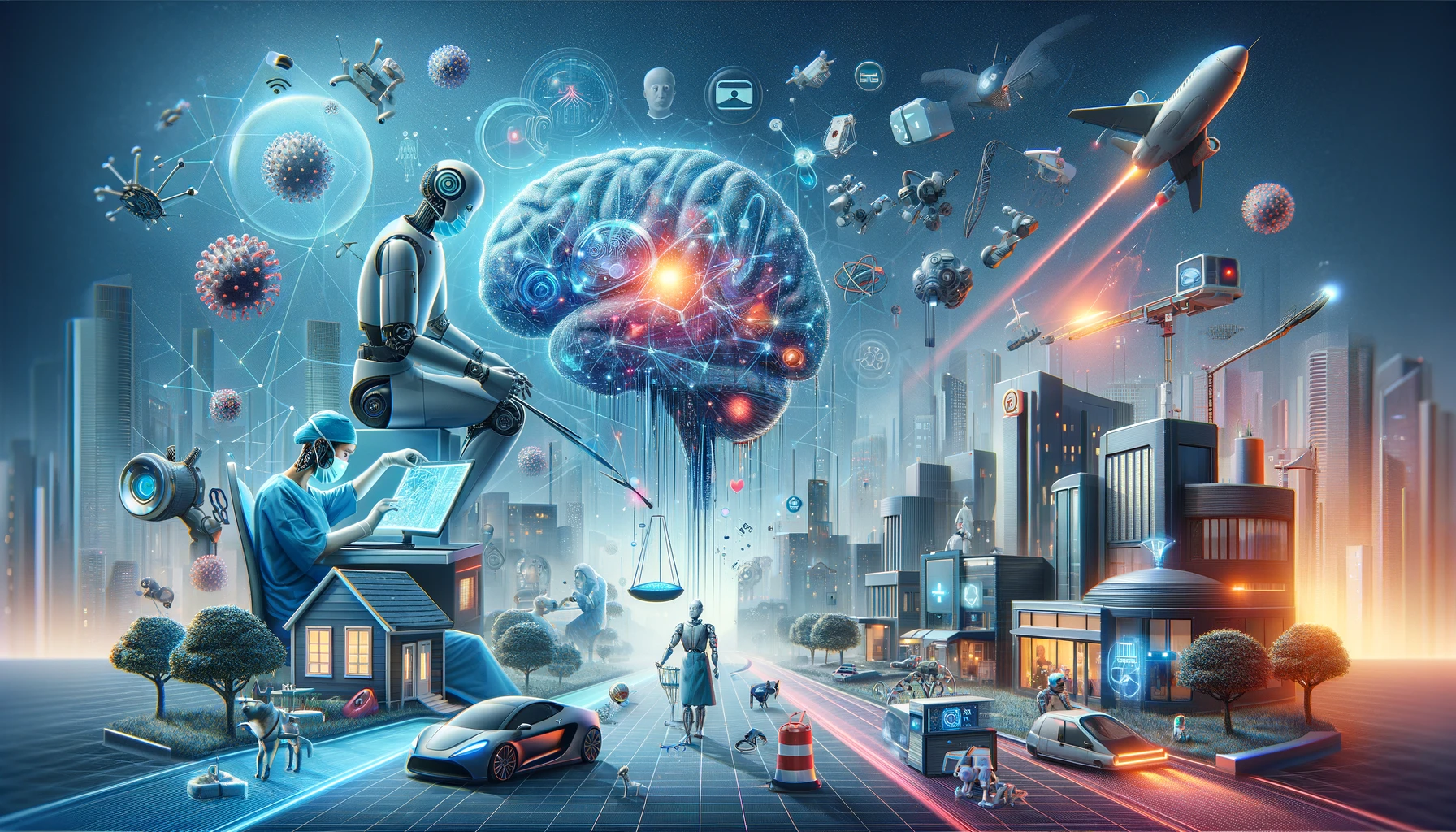
Augmented Reality in Education: Beyond Gaming and into the Classroom
How AR is transforming education through immersive and interactive learning.At its core, augmented reality overlays digital content onto the real world. Unlike virtual reality, which replaces our surroundings entirely, AR enhances what we see by adding virtual elements to it[1]. In educational settings, this means we can bring abstract concepts to life, making them tangible and interactive for students.

The Promise of AR in Education
The potential of AR in education is truly exciting. It offers a level of engagement and interactivity that traditional teaching methods simply can't match. In my experience, when students can manipulate 3D models of molecules or walk through historical events, their understanding and retention of complex concepts improves dramatically.
AR also opens up new possibilities for personalized learning. Imagine a classroom where each student can progress at their own pace, interacting with customized AR content that adapts to their learning style and needs.
Examples of AR Applications in Education
Let's look at some innovative AR tools that are making waves in education:
- Element 4D: This chemistry app allows students to explore chemical reactions in a safe, virtual environment. I've seen students who struggled with chemistry come alive when they could visualize molecular structures and reactions in 3D[2].
- Google Expeditions: This app takes students on virtual field trips, from the depths of the ocean to the surface of Mars. It's particularly powerful for schools with limited resources for real-world field trips[1].
- Anatomy 4D: This app brings the human body to life, allowing students to explore anatomical systems in detail. It's been a game-changer for biology classes, especially when teaching complex systems like the circulatory system[2].

Benefits of AR in the Classroom
The benefits of AR extend beyond just making learning more engaging. It supports different learning styles, allowing visual and kinesthetic learners to thrive. It also has enormous potential for remote and distance learning, as demonstrated during the recent pandemic.
In one school I worked with, we saw a 30% improvement in test scores after implementing AR in science classes. Students reported feeling more motivated and engaged, and teachers noted improved class participation.
Challenges and Limitations
Of course, implementing AR isn't without its challenges. There are technological hurdles to overcome, from ensuring reliable internet connectivity to providing enough devices for all students. There's also the issue of equity - how do we ensure all students have equal access to this technology?
We also need to be mindful of screen time and digital distraction. As one teacher I worked with put it, "AR is a powerful tool, but it shouldn't replace real-world experiences entirely."
Impact on Teaching Methods
AR is reshaping the role of teachers. Instead of being mere lecturers, teachers are becoming facilitators of immersive learning experiences. This shift requires new skills and approaches, which is why teacher training is crucial for successful AR implementation.
AR and Special Education
One of the most exciting applications of AR is in special education. I've seen non-verbal students use AR apps to communicate more effectively, and students with ADHD stay focused for longer periods when using interactive AR content[3].
The Future of AR in Education
Looking ahead, I believe we'll see AR becoming more seamlessly integrated into our educational environments. Imagine textbooks that come to life when viewed through AR glasses, or interactive whiteboards that allow teachers to manipulate 3D models in real-time.
As AR technology evolves, we may see it converging with AI and adaptive learning systems to create truly personalized learning experiences.
Conclusion
Augmented reality is more than just a technological novelty - it's a powerful tool that has the potential to transform education as we know it. By making abstract concepts tangible, enhancing engagement, and supporting diverse learning needs, AR is helping to create more effective and inclusive learning environments.
As we stand on the brink of this educational revolution, one thing is clear: the classrooms of tomorrow will look very different from those of today. And that's an exciting prospect indeed.
References
- https://www.classvr.com/blog/transforming-learning-environments-3-examples-of-augmented-reality-in-education/
- https://itif.org/publications/2021/08/30/promise-immersive-learning-augmented-and-virtual-reality-potential/
- https://elearningindustry.com/augmented-reality-in-education-staggering-insight-into-future
- https://www.appventurez.com/blog/augmented-reality-in-education
- https://www.ncbi.nlm.nih.gov/pmc/articles/PMC8978775/
Forest Schools: Outdoor Education Gaining Traction






Comments
How cool would it be to study history through AR, where you could actually “visit” ancient civilizations? The potential for this technology in education is incredible.
I’ve seen AR used in training programs at work, and I’m excited to see it being adopted in schools. It’s going to make learning so much more interactive and fun for students.
AR in education is such a brilliant concept! I can only imagine how engaging it must be for students to learn complex subjects through immersive experiences. It’s definitely a game changer.
Leave a Comment